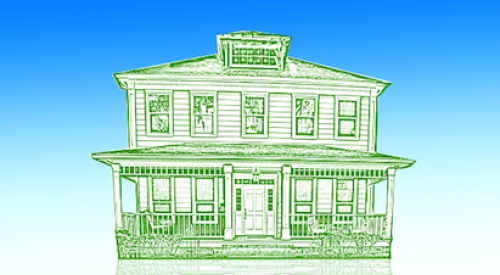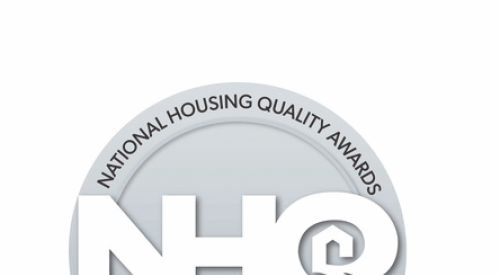| Edward Caldeira, Director of Quality Services, NAHB Research Center
|
How do you measure up on total quality? Is there room to improve management practices that foster a commitment to quality and customer satisfaction companywide? What is the ultimate model of quality excellence, and what needs to be done to get there? Assess your own company with the free Total Quality Self-Assessment Survey and get the facts.
This Total Quality Self-Assessment Survey was originally developed as a tool for the National Housing Quality Award judges to evaluate applicants. Several of the judges began using the survey to evaluate their own building companies. On the basis of their experience, they thought other quality-minded builders could benefit as well.
The survey evaluates eight categories of total quality performance: leadership, strategic planning, customer satisfaction, construction quality, performance management, supplier partnerships, human resources and business results. The 10-page survey addresses 34 evaluation topics corresponding directly to the NHQ criteria questions. For each topic there are five brief descriptions indicating progressing levels of total quality development.
The starter level is where most builders begin their quality journey. The highest levels constitute a model of best practices that every builder should strive to emulate. Most builders are somewhere in between.
Rating involves choosing descriptions that best characterizes the company. It usually takes about 30 minutes to complete. Some builders ask all of their employees to participate and then tabulate results to learn about companywide perceptions and differences among employee teams.
Knowing where you stand on total quality establishes a reference baseline, but more important, the ratings identify opportunities for improvement. Ratings can catalyze discussions that should result in setting company development goals. If the survey is applied on a periodic basis, the data can measure progress over time.
Assessing the quality management practices can provide a focal point for making strategic improvements to the company’s quality management systems. The tools are here. Give it a try.
For a free Builder’s Total Quality Self-Assessment Survey, e-mail toolbase@nahbrc.org or call the NAHB Research Center’s ToolBase Hotline at 800/898-2842.
|
|||||||||||||||||||||||












